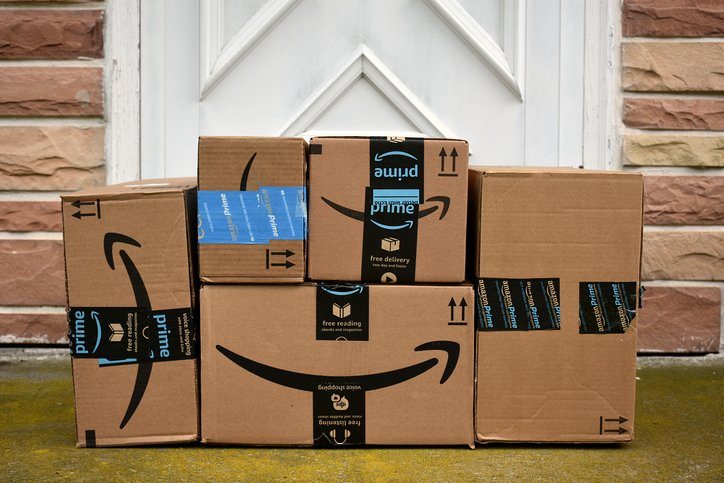Article
Amazon Sucks at Offsite Personalization and That’s Great for Other Retailers
September 26, 2019

Retailers are outpacing Amazon at personalization. The retail giant lags many competitor brands on both mobile and email, and that’s great news for any retail brand looking to differentiate with consumers.
Amazon has always been, and still is, a leader in onsite personalization, but it doesn’t display the same dazzling customer attention offsite.
Amazon may not be good at personalization offsite because it doesn’t have to be. It still leads in online sales but, many other brands have surpassed Amazon’s user experience on the multichannel marketing and customer service side.
Many brands are effectively connecting with consumers where they are with things like consistent in-app mobile shopping experiences, personalized emails and push notifications, areas where Amazon doesn’t make the grade.
What Amazon’s Not Doing
In an evaluation of top retail brands, Marigold Engage by Sailthru found several widening gaps between top-performing retail brands and Amazon. While Amazon still rakes in the sales, it is slowly losing its edge when it comes to the personalization that it is often credited for inventing. Amazon’s multichannel experience is decidedly lacking, with unpersonalized, unengaging messages that do little to foster interest or goodwill with customers. This gives other brands an opportunity to capitalize.
Amazon’s first failing is in mobile. Nordstrom, a top-performing mobile marketer, delivers relevant mobile push notifications and delivers a seamless flow between website and app. Sephora, another great mobile performer, personalizes the entire mobile experience, saving past information and altering the app content as a results.
Comparatively, Amazon has a more basic browse and buy app without much engagement or customer service attached. Even big box retailers like The Home Depot and Best Buy have surpassed Amazon in mobile personalization.
Email is another problem for Amazon, a company that uses its own technology, which hasn’t kept up with industry advancements. While many other brands have started to expertly integrate product recommendations, abandoned shopping cart notices, and even welcome and birthday messaging, again, Amazon sticks with its more practical transactional approach.
Sailthru found that the best email performers tightly integrated the design, content, cadence and personalization of each email to deliver truly unique one-to-one communication. This included everything from personalized subject lines to live-open content. Amazon simply doesn’t delve into the array of email personalization options that are now available.
ISCS reports that 75% of Generation Z shoppers prefer in-store experiences, which is much higher than older generations like Millennials and Gen X. For Amazon, there’s still not a brick-and-mortar experience to be had, while many traditional retailers are capitalizing on the interest of this younger generation with better in-store service, smarter connections between online and offline experiences and even innovations like VR and AR.
A Window of Opportunity
These differences in marketing approach still haven’t made a big dent in Jeff Bezos’ bank account. Amazon is sitting on top of a huge mountain of brand capital. In fact, 80% of consumers check prices and products on Amazon even if they go on to buy on another site or in a store, and many go back if they aren’t able to find what they want elsewhere.
There are pros and cons in this finding. First, it reinforces just how strong Amazon’s business proposition is for customers—they assume that they can find a product on the site. However, it also shows that brands that get personalization, search, and product recommendations right can knock out Amazon in the buying process. These investments are a chance for brands to stop consumers from bailing out to go back to the “easy way” —just making due with whatever Amazon has for sale.
There will be more opportunities that arise across email, mobile and connected offline channels with Gen Z aging into adulthood, and with Amazon taking its eyes a bit off the retail ball. For example, using wide sources of data to deliver better product recommendations, and creating thoughtful campaigns around important activities and life events.
It is possible to carve out a successful business with great marketing. Brands like Sephora and Thrive Market have used personalization savvy and attention to customer experience to compete successfully in their industry, and in some cases, gain an edge over Amazon.
Brands always have a chance to improve their approach, capture more sales and change the ingrained shopping patterns that Amazon entrenched over the past decade or two.
This article originally appeared on Internet Retailer’s DigitalCommerce360.com.
The State of Brand Loyalty in the U.S. in 2023
Related



